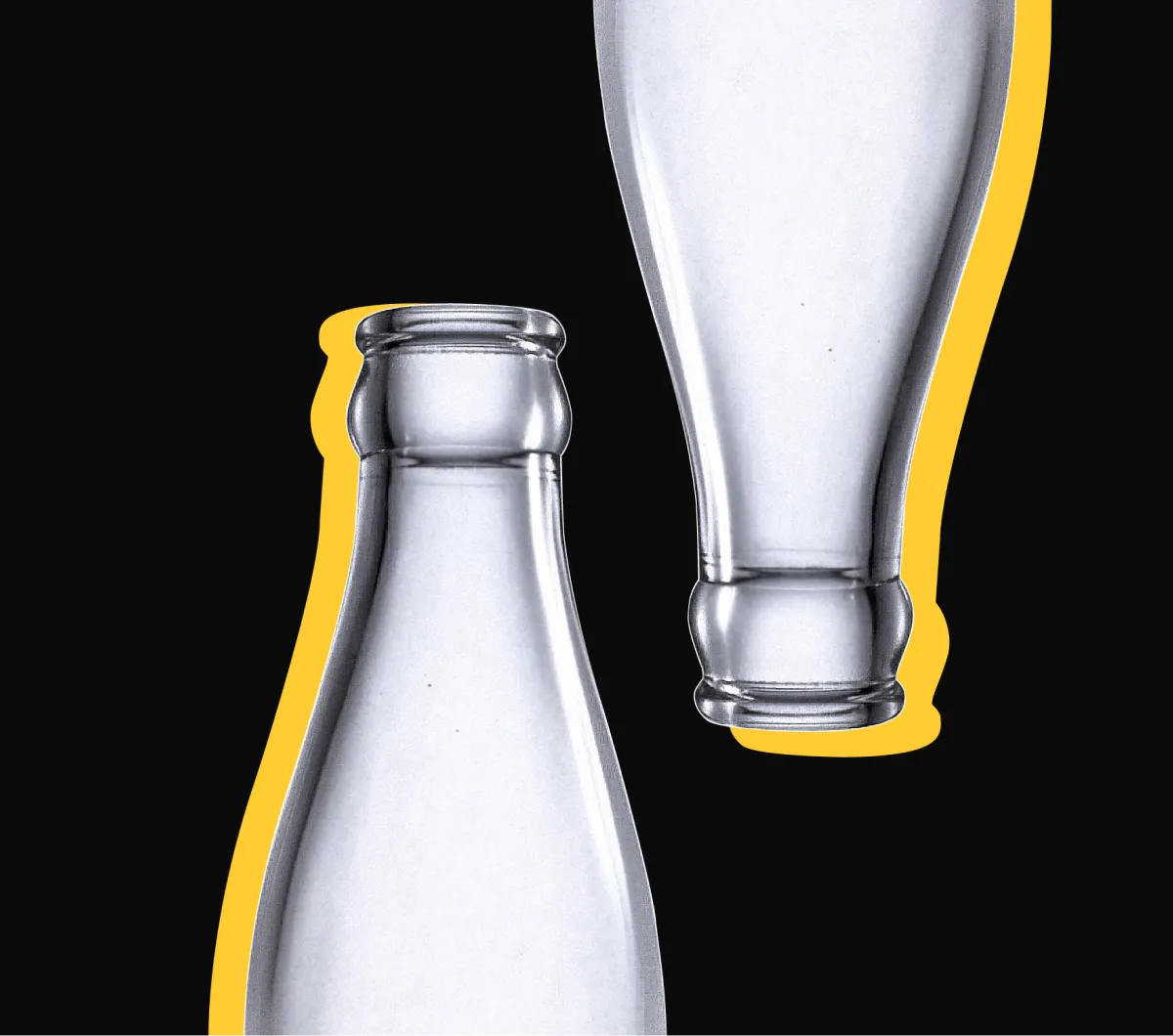WHAT IS BOTTLENECK?
Bottleneck is a certain limitation of the system, causing a share of the performance or throughput of the system to be lost. These limitations prevent the system from achieving its goals and working as efficiently as possible.
TYPES OF BOTTLENECKS
Bottlenecks could be:
1.internal vs external;
2.associated with equipment vs personnel work;
3.political environment vs inefficient processes.
Often, identifying constraints and eliminating bottlenecks are key goals for business transformation.
HOW TO IDENTIFY A BOTTLENECK?
The presumption of innocence implies that a person is innocent until proven guilty. The same can be said about finding bottlenecks: until the system is not proven 100% efficient, there are bottlenecks in it.
What should be done to identify bottlenecks?
First, the process needs to be visualized. Just as dashboards provide visual information to the end user, a process map can clearly show all the problems and the notorious “bottlenecks”.
For example, the concept of “Lean Manufacturing” uses the Kanban organization system. Today, modern business uses process mining technology, allowing us to track any selected process and display:
1.opening and closing incidents;
2.deviation from internal regulations (for example, approvals);
3.duplicated operations and freeze on one of them;
4.return to previous steps;
5.transferring operations from one performer to another.
To understand the nature of the bottleneck, in addition to visualization, the process analysis team needs to work on the following questions:
1.What is being held back: information (data) or product/service?
2.What are the factors contributing to the bottleneck? Is it personnel, IS or management decisions?
3.Is the bottleneck related to resources? If so, what type are these resources?
4.Are there any unnecessary control (bureaucratic) stops, which can be eliminated for the bottleneck to disappear automatically?
5.If information is processed by several threads, does the action go in parallel or sequentially?
WHAT ARE THE MAIN BOTTLENECKS IN COMPUTER SYSTEMS?
When we talk about a bottleneck in the context of computer hardware, it is traditionally a low performance issue caused by the inability of one component to keep up with the others, slowing down the system capacity to process data.
A “bottleneck” can be created by almost any component that is significantly weaker than the other components that make up a PC. It could be:
- CPU (Central Processing Unit),
- GPU (Graphics Processing Unit),
- RAM (Random Access Memory),
- HDD (Hard Disk Drive)
that slows down performance. Or it could be multiple components if one component is significantly more powerful than the others. However, in 2022, CPU and GPU bottlenecks are the top factors to consider when it comes to performance bottlenecks.
HOW TO AVOID BOTTLENECKS IN PRODUCT MANAGEMENT?
- Encourage autonomy
Encourage your team to think, criticize and be independent – there is nothing more effective than self-organized teams.
- Reduce internal communications
No need to have middlemen simply because “it’s customary.” Exclude people from chains where their presence is not required.
- Connect the dots
Marketers and designers can be brought closer to the fronts. Analysts can be introduced to back-enders. Support managers to testers.
- Be transparent
By answering a question in a public chat, you will save your time and energy, conveying the info not to one employee, but to the group.
- Provide expanded context
Each task or story should be described in as much detail as possible by the person who ordered it. Background, details, application case – all this eliminates misunderstandings and helps to structure the workflow.
- Make templates.
Freedom of communication does not mean freedom of action. Come up with a template for each process: reporting a bug to support managers, a marketing initiative, a request for data from databases, etc.
IN A NUTSHELL
Bottleneck is one of the key concepts of the Theory of constraint (TOC), prioritizing a clear purpose of any business – making money. The team is considered as a system of resources interconnected by the processes. Therefore, any organization is considered as one or more serial and parallel circuits.
Moreover, according to TOC, the overall efficiency of the organization is estimated based on how many weak circuits (“bottlenecks”) it has.
